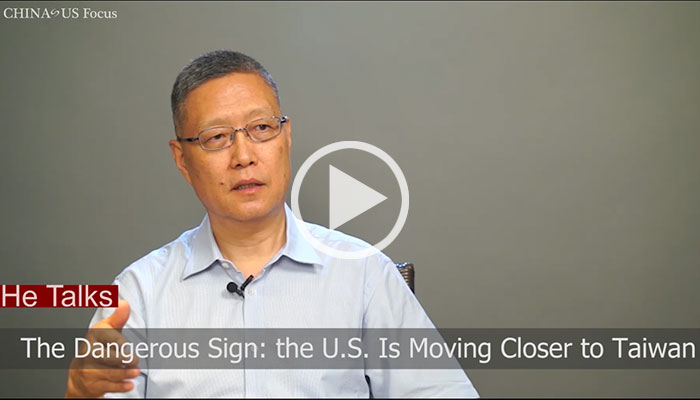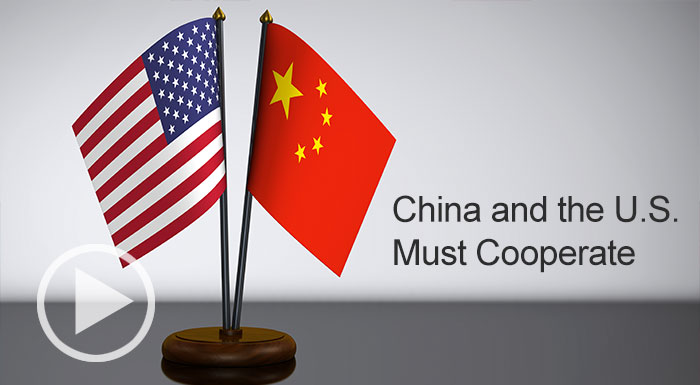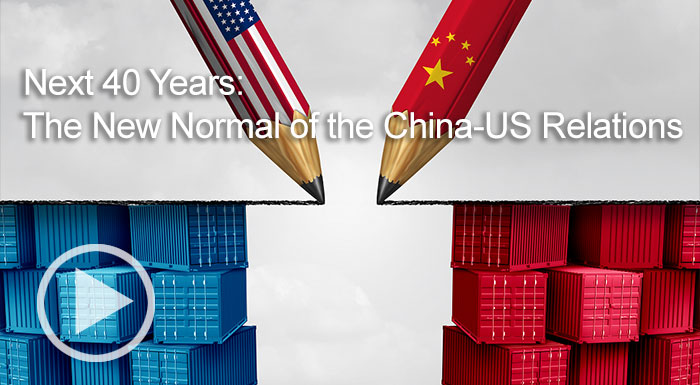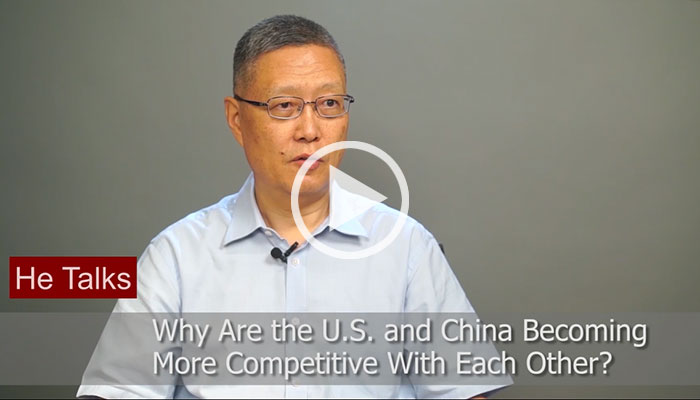On July 6, the U.S. government made threats of a trade war with China a reality, with tariffs on $34 billion worth of Chinese goods. China responded with tariffs of a similar amount on U.S. imports. While some in the U.S. may feel the Trump administration has made an important move in defense of American workers, many are increasingly concerned about the damage a trade war could cause to U.S. producers.
Trump’s tariffs against China directly hurt American companies that rely on imported Chinese products for their operations. Furthermore, China’s counter-tariffs can also devastate American producers that export to China, by driving up their prices abroad.
About 1.7 million U.S. jobs are in industries subject to China’s counter tariffs. The tariffs will not affect all U.S. states equally: they will hit agricultural states hard and have a smaller impact on service-heavy states like New York. In fact, 38 percent of products on the tariff list are agricultural, including soybeans, sorghum, tobacco and pork. The impact on one group in particular has garnered special attention: American soybean farmers.
Beijing’s 25 percent tariff on U.S.-produced soybeans has already dealt a pivotal blow to the U.S. soybean industry and the 300,000 American farmers that work in it. Nearly a quarter of U.S. soybean exports go to China, generating 14 billion U.S. dollars annually. In the state of Minnesota alone, it is estimated that every third row of soybeans planted is sent to China. The Chinese government’s drive to increase domestic soybean production, as well as import more from other countries, like Brazil, may keep American soybean farmers out in the cold.
On July 24 President Trump announced the provision of $12 billion in emergency relief for farmers harmed in the fallout from his trade policies. While this move may grant the American farming industry some comfort, it could also indicate Trump’s plans to further escalate the trade war.
Both the U.S. and China have threatened to impose even more tariffs by the end of the year. With no end in sight, American producers are operating in an environment of uncertainty. To many Americans workers and producers, the trade war hits much closer to home than most grand geopolitical disputes: local economies and jobs hang in the balance.








